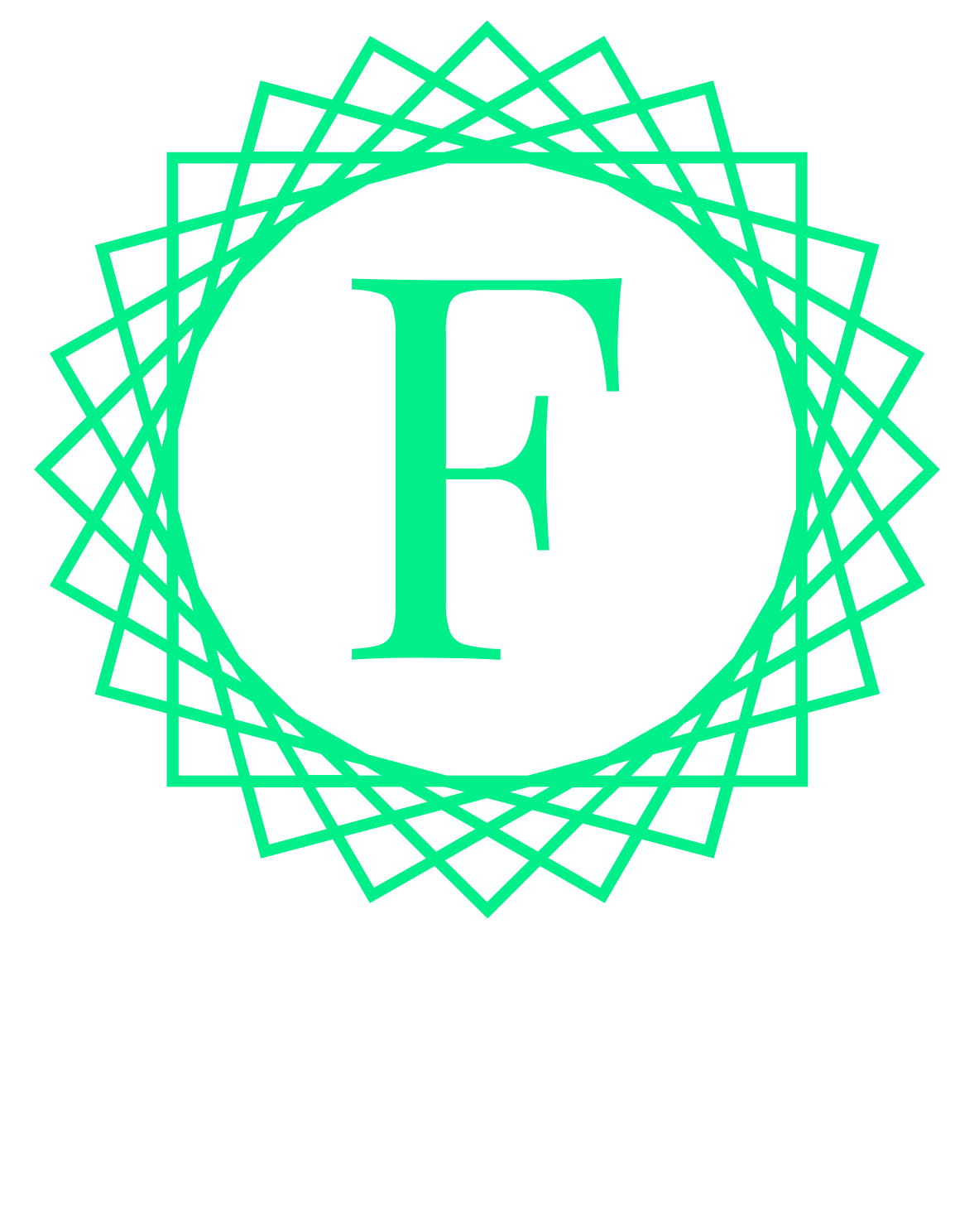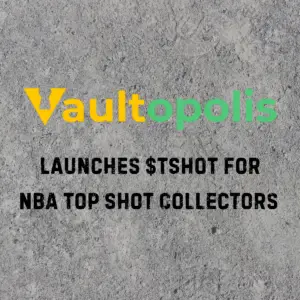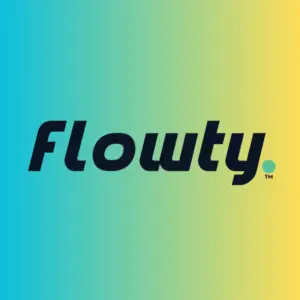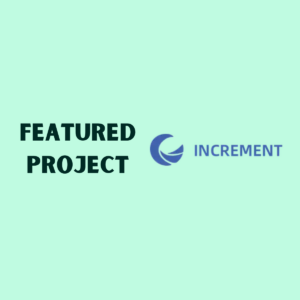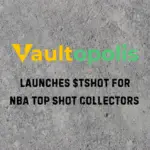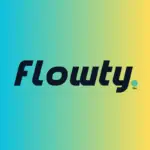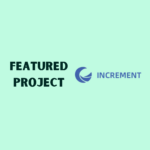In a Web3 landscape defined by noise and fragmentation, Flow isn’t chasing hype. It’s doubling down on the fundamentals that set it apart from the beginning, scalability, user-centricity, and tools that actually empower builders. 2024 laid the foundation. 2025 is about real transformation.
Flow’s latest roadmap doesn’t read like a PR exercise. It’s a statement of intent: permissionless architecture, million-scale throughput, frictionless upgrades, and a developer experience that feels more SaaS than blockchain. But let’s skip the jargon. What does this mean in real terms, for builders, for users, and for the future of open ecosystems?
Let’s get into it.
A Network Designed to Get Out of the Way
Flow was never built to be another copy-paste Layer 1. Its multi-role node architecture prioritized throughput and low fees from day one. In 2025, the vision matures: a fully permissionless, autonomous protocol.
Every node type, Validator, Execution, Collection, Consensus, is moving toward open access. If you’ve got the technical chops and the stake, you’re in. No permission slips. No gatekeepers. That’s not just decentralization. That’s sovereignty at the network level.
Flow’s also integrating Byzantine Fault Tolerance (BFT) across the protocol. In human terms? Resilience. The ability to stay secure even when some actors go rogue. This upgrade isn’t theoretical. It’s about Flow operating independently, governed by protocol logic, not personalities.
This is Flow as a living system, not a controlled experiment.
Scaling Without Silos: One Million TPS
Let’s be real, every L1 promises scalability. Most take shortcuts. Rollups, sharding, fragmented UX.
Flow’s not going that route.
The goal? One million transactions per second, without breaking composability. No sharding. No rollup gymnastics. Just raw performance, delivered at the base layer.
This matters. Because the next generation of on-chain apps, games, marketplaces, DAOs, don’t just need speed. They need coherence. They need synchronous execution across petabytes of state, so smart contracts can talk to each other without friction.
Flow’s pushing for scale that doesn’t compromise on elegance. That’s the difference.
Developer Experience: No Downtime, No Drama
Builders have always been central to Flow’s DNA. Cadence, the resource-oriented smart contract language, was a leap forward in clarity and safety. In 2025, the experience gets even smoother.
Rolling protocol upgrades mean no more hard forks. No downtime. Devs can iterate, ship, and evolve, without hitting pause on their users. It’s blockchain that feels like SaaS.
Cadence itself is evolving, too. Cleaner syntax. Smarter static analysis. Support for custom abstractions. Complexity down, expressiveness up.
And the tooling? Leveling up across the board:
- Better SDKs
- Stronger emulator support
- New debugging tools
- Cleaner CLI
- Seamless integration with React, Next.js, and the frameworks builders actually use
This isn’t just an upgrade. It’s a shift in how developers experience Web3, more intuitive, more accessible, more aligned with the tools they already love.
Composability, Reimagined
In 2025, Flow isn’t just improving developer tools, it’s enhancing how pieces fit together across the stack.
New token and metadata standards. Smarter access controls. Reusable smart contract components. Dynamic resource linking.
Translation? You can build faster, with less redundancy, and more security. Modularity isn’t just nice, it’s necessary for scaling real-world apps. Wallets, staking platforms, marketplaces, they all benefit from this.
Composability isn’t a feature. It’s infrastructure. And Flow is treating it that way.
More Than a Protocol, It’s a Movement
Flow isn’t growing in isolation. It’s showing up.
In 2025, Flow will take the stage at ETHGlobal Taipei (April 4–6) and ETHGlobal Prague (May 30–June 1). These aren’t flexes—they’re recruiting grounds for the next generation of builders.
Expect a full-court press of hackathons, open challenges, and dev-first initiatives like:
- Flow-native DeFi building blocks
- DAO governance frameworks
- NFT infra built for scale
- Creator economy plug-ins
Between the Developer Grants Program and Flow Incubator, the barrier to entry has never been lower, and the upside, never higher.
What This Means for You
If you’re building, Flow’s roadmap is a green light. Infrastructure is stronger. Tools are sharper. The protocol is more open than ever.
You won’t be building “on a blockchain.” You’ll be shipping a product, with scale, speed, and simplicity that users can feel.
If you’re a user, this means lower fees, faster performance, and more polished experiences. And with decentralization dialed in, you can trust the network to hold up—no matter who’s running the nodes.
Flow has always positioned itself as the chain for mainstream adoption. In 2025, it’s living that promise.
This isn’t a roadmap for insiders. It’s a blueprint for builders, creatives, and anyone bold enough to believe Web3 should work better, for everyone.
The next generation of consumer-grade blockchain experiences is being built now. And if you’re part of that future, Flow isn’t just an option.
It’s your launchpad.
